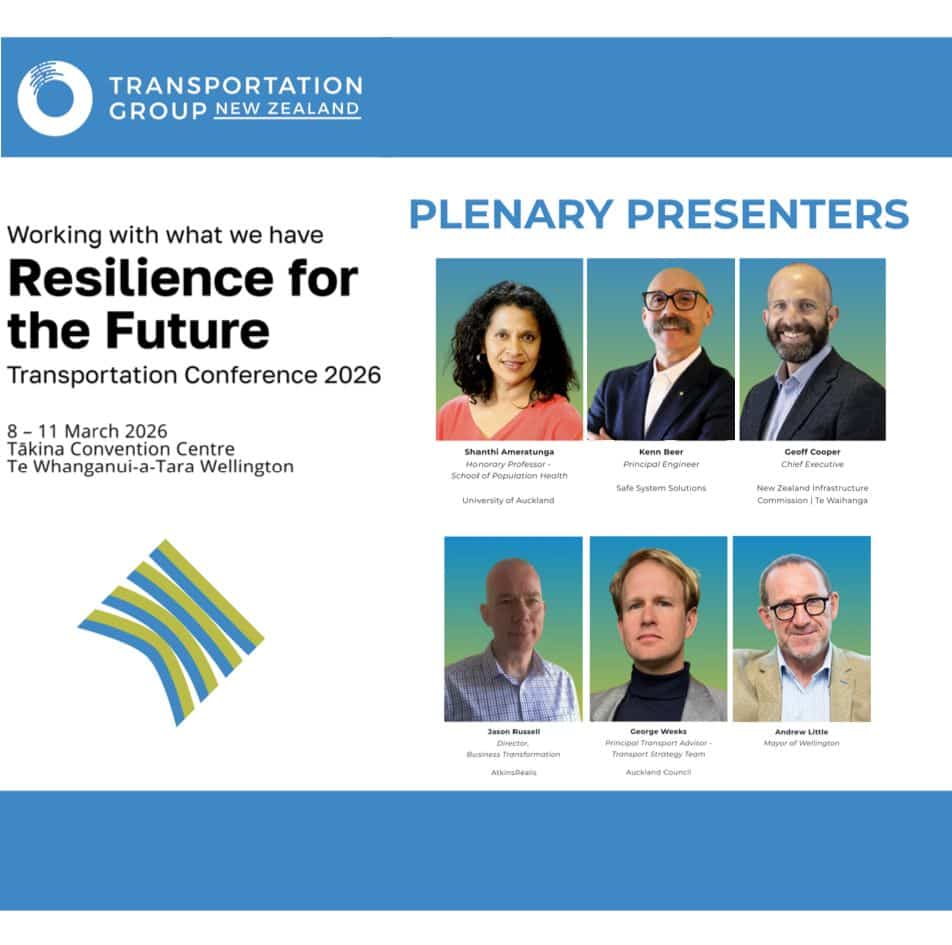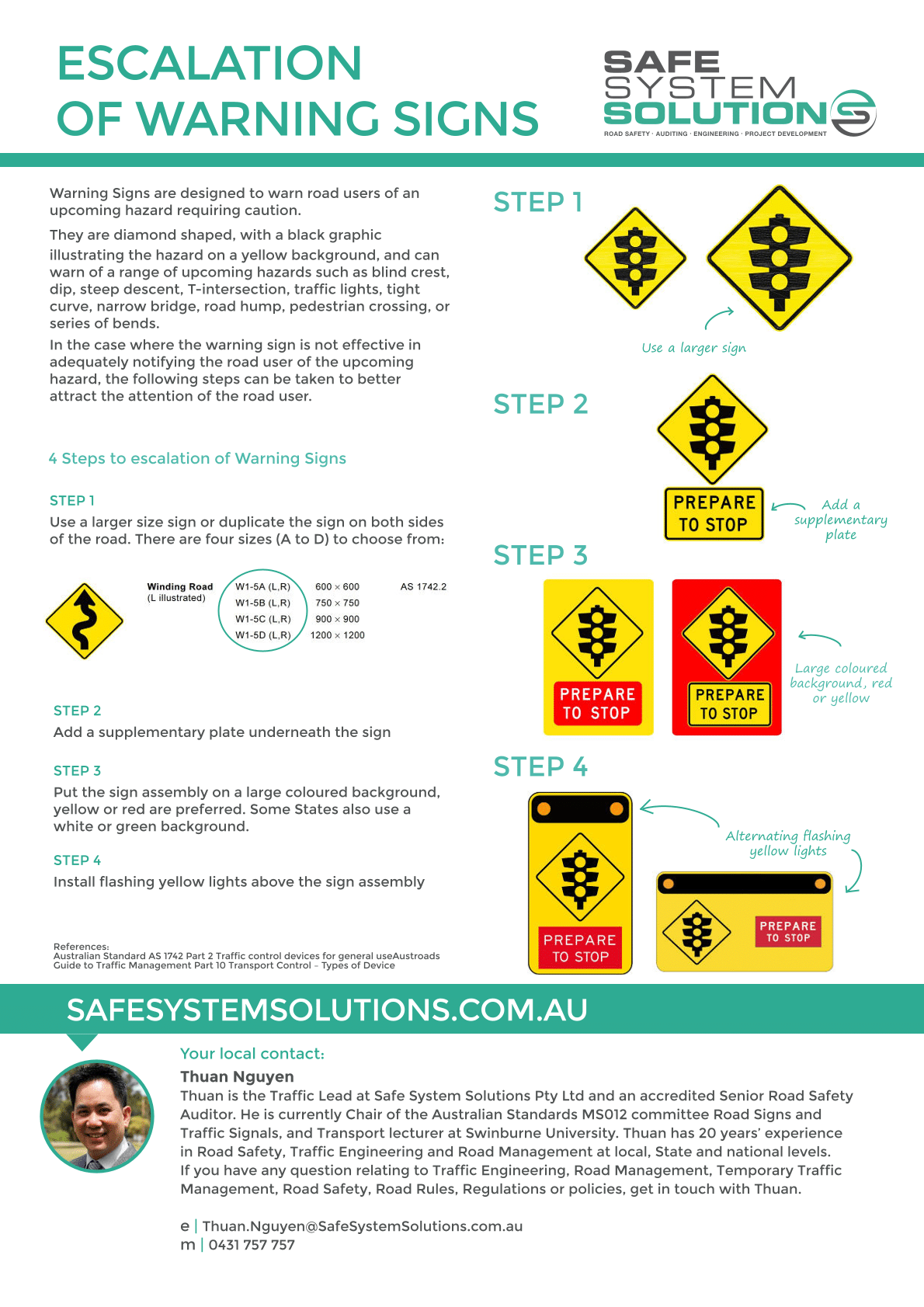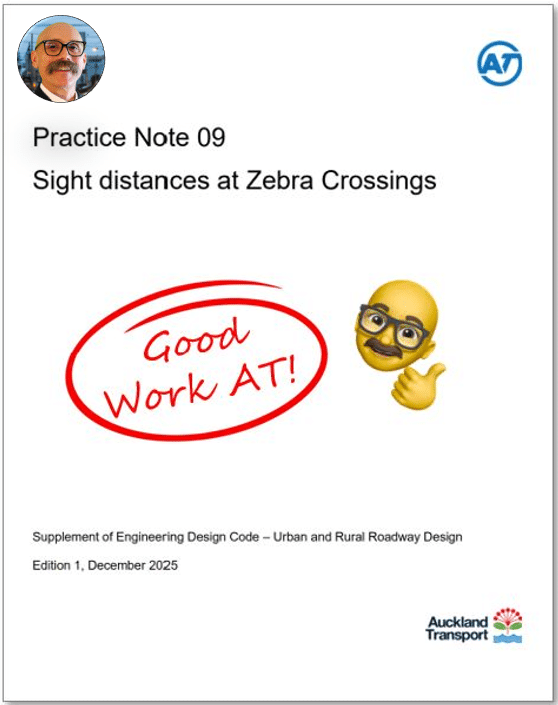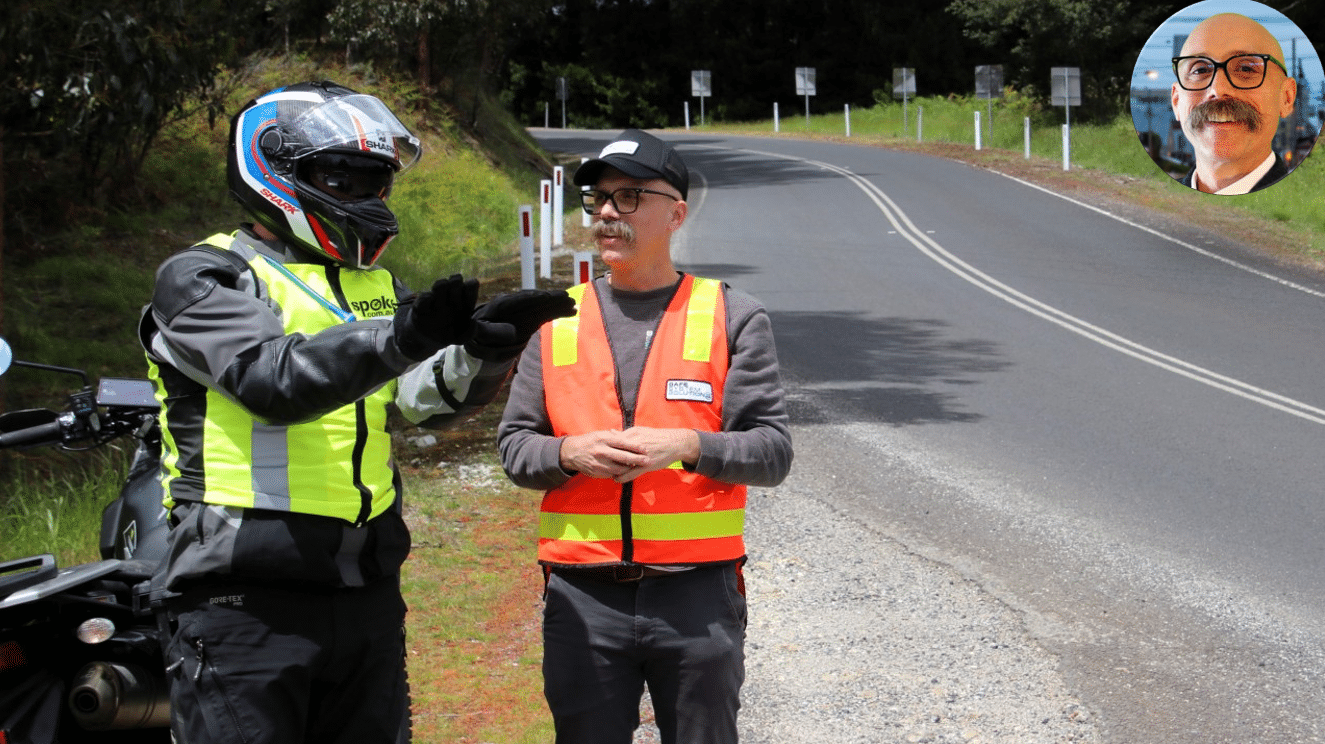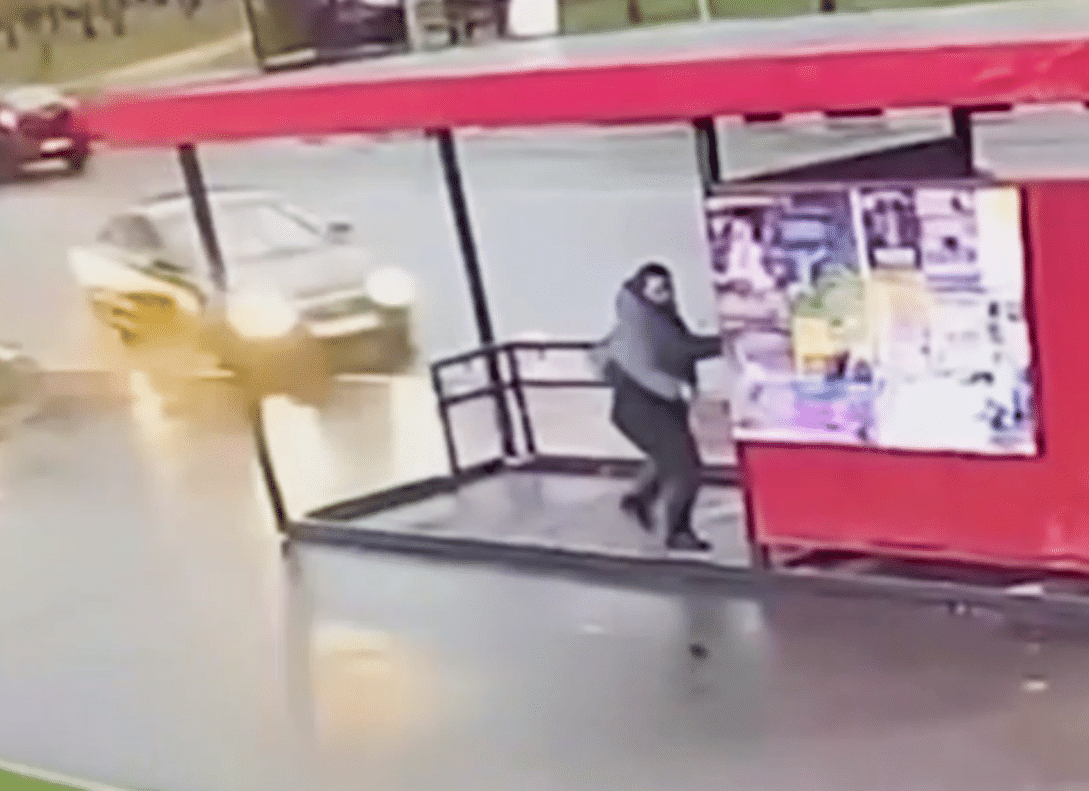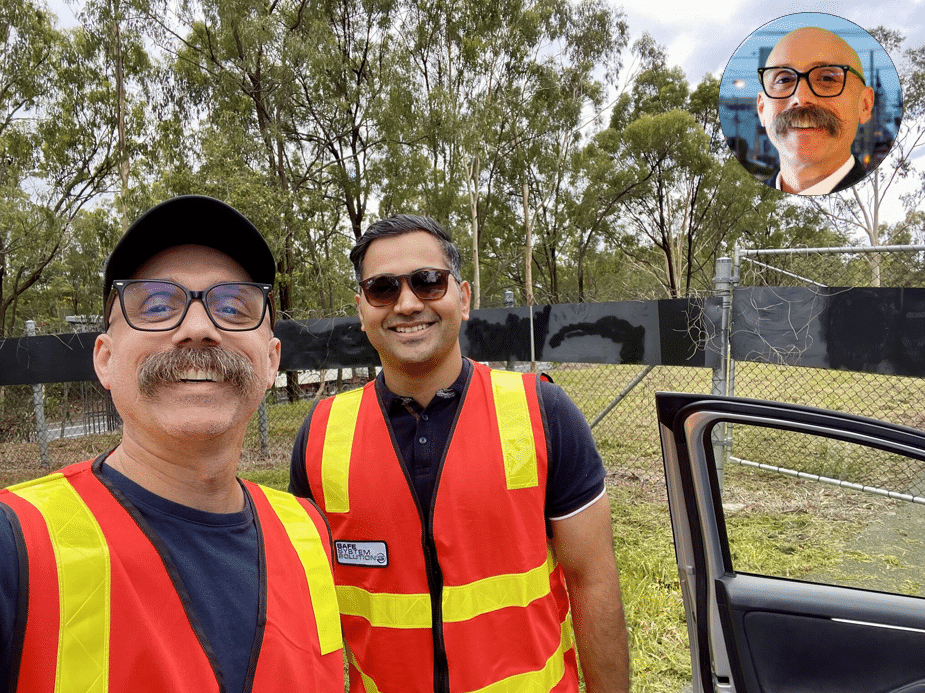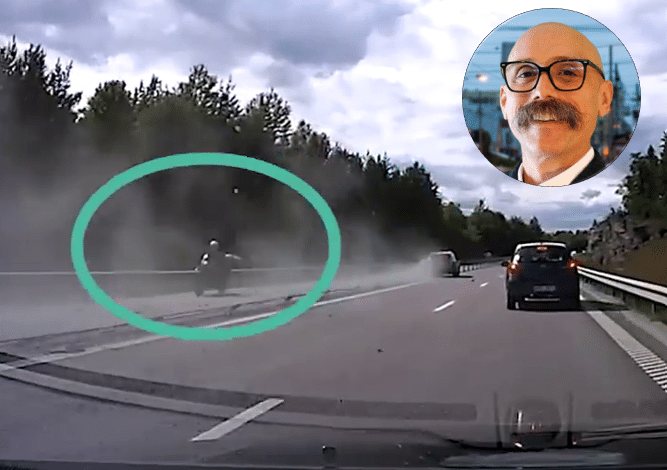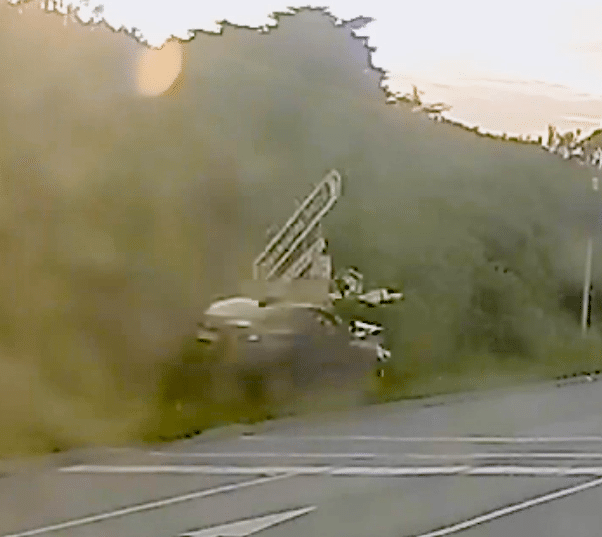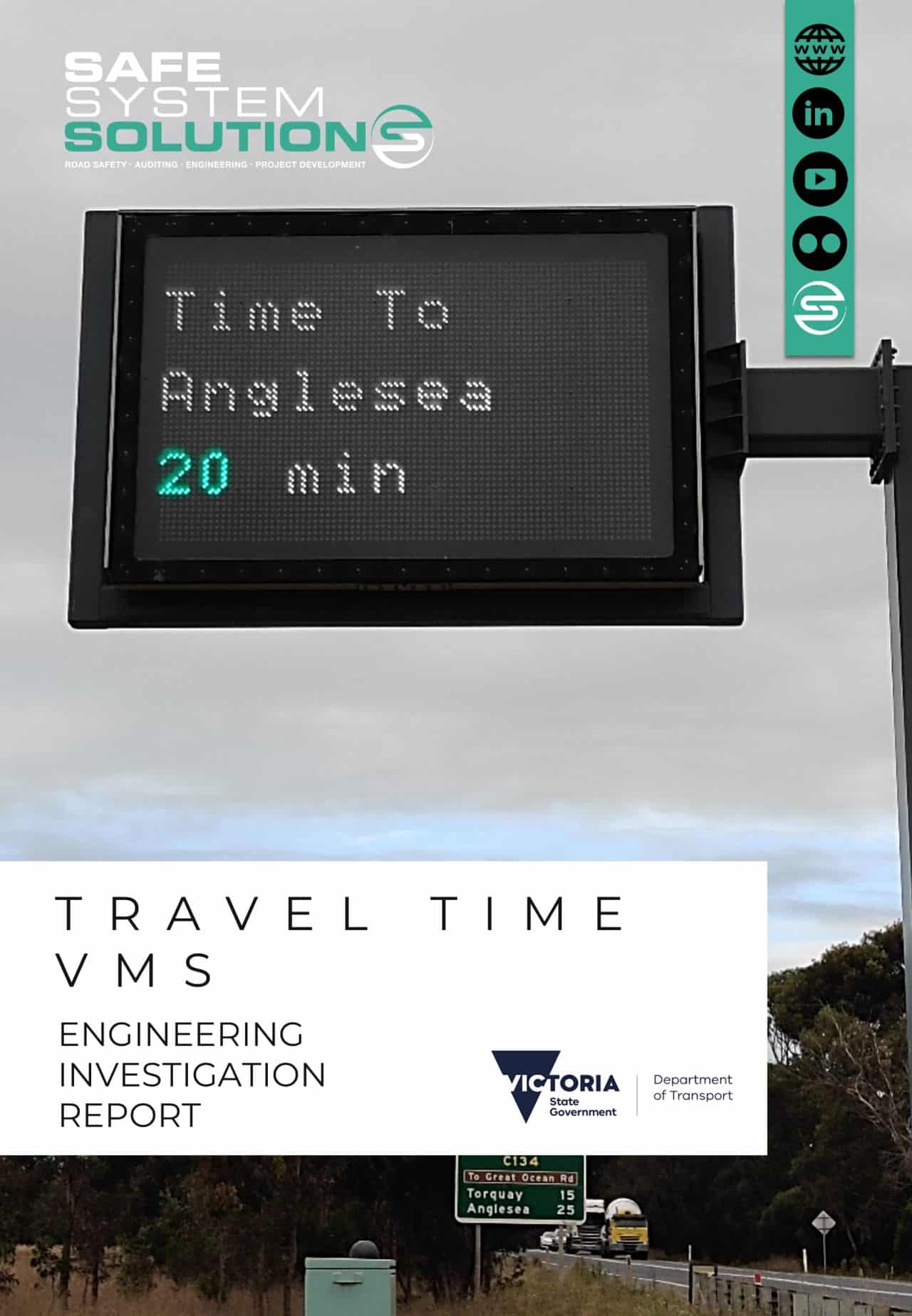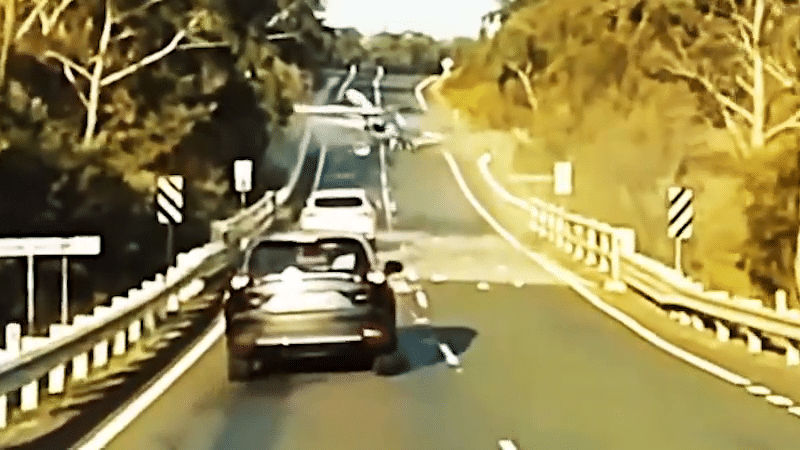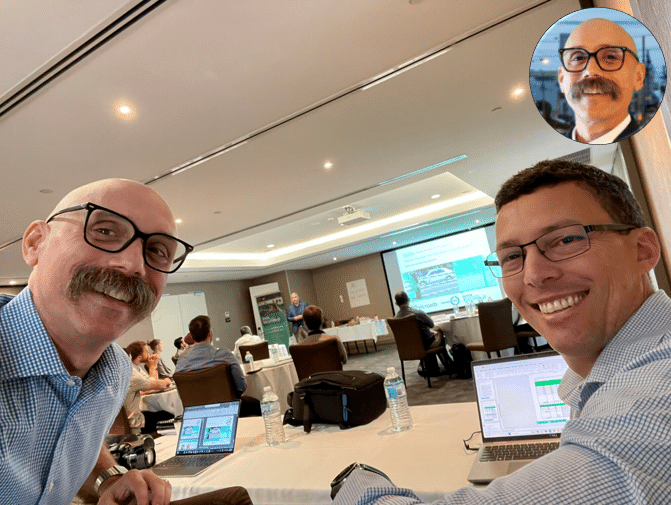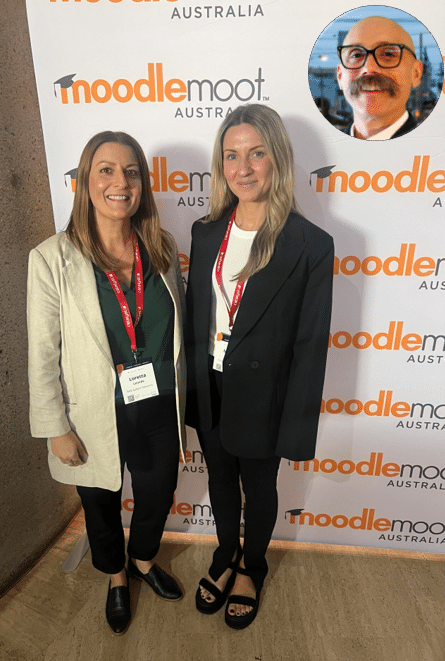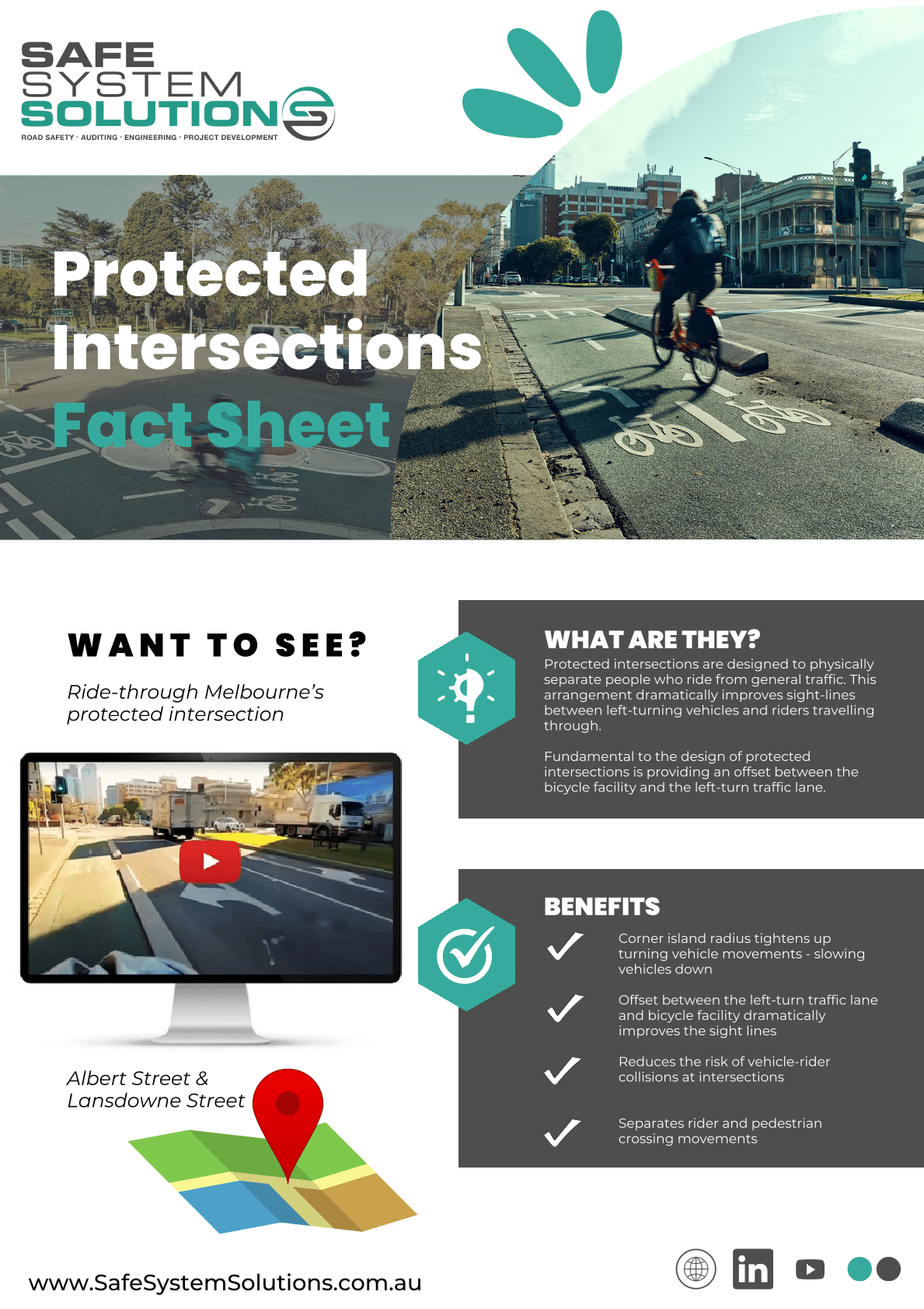Latest News
Kenngineering Notes: Resilience for the Future. Transport Conference 2026
After all the 'safety first' statements, targets, visions and strategies, the hard part is what happens 𝘰𝘯 𝘵𝘩𝘦 𝘨𝘳𝘰𝘶𝘯𝘥. In my session I will talk about the reality of trying to deliver safer roads in practice. How we balance ambition with pragmatism. How we navigate...
Kenngineering Notes: DTP’s new Road Design Note for Raised Safety Platforms
DTP has just released Version 4.0 of Road Design Note 03-07 on Raised Safety Platforms. The updated note provides guidance on the design and application of Raised Safety Platforms at intersections and at low speed mid block locations. Importantly, it reflects the...
Safe System Snippet 519: Escalation of Warning Signs
Warning signs should always be seen for what they are, a Supporting treatment rather than a Primary treatment on their own. This fact sheet clearly explains the escalation process for warning signs, as outlined by Thuan Nguyen, Traffic Lead at Safe System Solutions....
Kenngineering Notes: Auckland Transport’s new Practice Note for zebra crossings
Well played Auckland Transport on the new Practice Note for sight distance at zebra crossings. Short, clear, and addresses some issues in how parts of the industry calculate sight distance at pedestrian priority crossings. Great to see the introduction of Priority...
Kenngineering Notes: A 10 Step Guide to Undertaking a Motorcycle Safety Audit
Motorcycle Safety Audit - a thematic road safety audit for motorcyclists. Motorcyclists remain the highest risk road user group across the world. A standard road safety audit will often identify some motorcyclist risks, but a dedicated Motorcycle Safety Audit allows...
Safe System Snippet 518: Urban Run-Off-Road Crashes
28% of urban road deaths in Victoria involve a vehicle leaving the roadway (TAC data). Most are drivers or passenger fatalities, but we are now seeing more pedestrians and cyclists struck on footpaths and shared paths by errant vehicles. Rural roads often have clearer...
Kenngineering Notes: 📍Devonport, Tasmania
Scenic photos from beautiful Devonport, Tasmania. 🙌 ------------- Follow Kenn Beer on LinkedIn for more updates and road safety industry news.
Kenngineering Notes: Someone recently asked me if I still get out on site.
Absolutely. And honestly, I still love it just as much as I did on day one. No matter how many years you spend in road safety, there is nothing quite like getting out there, watching how people really move, behave, hesitate and react. You always learn something new....
Kenngineering Notes: More proof that infrastructure can save lives
Just thought you might like to see another motorcyclist’s life being saved by a barrier system... ------------- Follow Kenn Beer on LinkedIn for more updates and road safety industry news.
Safe System Snippet 517: Type 2B signal pedestals = non-frangible. However, that rating only tells part of the story…
Type 2B signal pedestals are not deemed frangible. However, that rating only tells part of the story. Frangibility is not about how a support looks. It is about how it behaves under impact. If a support can shear, yield, or detach to reduce crash severity for a...
𝗦𝗮𝗳𝗲 𝗦𝘆𝘀𝘁𝗲𝗺 (𝗽𝗿𝗼𝗷𝗲𝗰𝘁) 𝗦𝗽𝗼𝘁𝗹𝗶𝗴𝗵𝘁: Can travel time Variable Message Signs actually save lives?
This was one of the key questions the Victorian Government wanted answered when they engaged Safe System Solutions Pty Ltd to undertake a detailed investigation across the south west of Victoria. Our role went well beyond assessing the signs themselves. We were asked...
Kenngineering Notes: More proof that infrastructure can save lives
More proof that the right infrastructure can change the outcome in a split second. Barriers save lives. Thank you to the engineers, designers and funders that saved these lives, and continue to save countless others. (ᴠɪᴅᴇᴏ ᴄʀᴇᴅɪᴛ: ᴡᴀᴋᴀ ᴋᴏᴛᴀʜɪ - ɴᴢᴛᴀ) -------------...
Safe System Snippet 516: Bridge Approach Barriers
On the approach to a bridge sits an often overlooked safety element. The approach barrier. Its role is not just to connect to the bridge barrier. It’s there to protect errant vehicles from hazards, shield the bridge structure itself, and prevent vehicles from entering...
Kenngineering Notes: Road Safety Barriers Technical Training – Nov 2025
Road safety barriers save lives. But only when they are selected, designed, installed, and maintained correctly. Behind every barrier is a long list of important design decisions that most people never think about. Length. Offset. System type. Flare rate. Post...
Kenngineering Notes: Getting to know our Training Team
I am so proud of our Training Team for the work they do behind the scenes. Course content design, registration, learner experience management, quality assurance, compliance and completion are just a few of the many tasks on their ever growing list. But what I love...
Protected Intersections
Continuing our mission to build real world technical capability for the delivery of Safe System solutions on the ground. Here is our next Fact Sheet. This time the focus is on Protected Intersections. A powerful treatment that improves cyclist safety through better...
Safe System Snippet 515: Dwell on Red
Dwell on Red [also called Rest on Red] is a traffic signal phasing that puts pedestrian safety first. All vehicle approaches sit on red and only switch to green when a vehicle is detected and that vehicle has slowed. It is recommended in central activity areas and can...
Safe System Network Safety Plans. A practical guide for local governments
by Kenn Beer Principal Engineer | Safe System Solutions Pty Ltd Director | Lösningar Pty Ltd Safe System Network Safety Plans. A practical guide for local governments Network Safety Plans are now firmly embedded in Australia’s National Road Safety Strategy. Every road...
Side Road Activated Speeds
Side Road Activated Speeds [also known as RIAWS, RJAWS and STARS] are one of the more promising tools we have for tackling high risk rural and regional intersections. The concept is simple. Slow the major road when a vehicle is detected on the side road and bring...
𝗦𝗮𝗳𝗲 𝗦𝘆𝘀𝘁𝗲𝗺 (𝗽𝗿𝗼𝗷𝗲𝗰𝘁) 𝗦𝗽𝗼𝘁𝗹𝗶𝗴𝗵𝘁: Yarra City Council Raised Crossings
Raised crossings are a proven Safe System treatment. The real question is how to squeeze the absolute most value from them? What shapes driver compliance at these sites? What can we adjust when the yield rates are not where they should be? We were engaged to...

